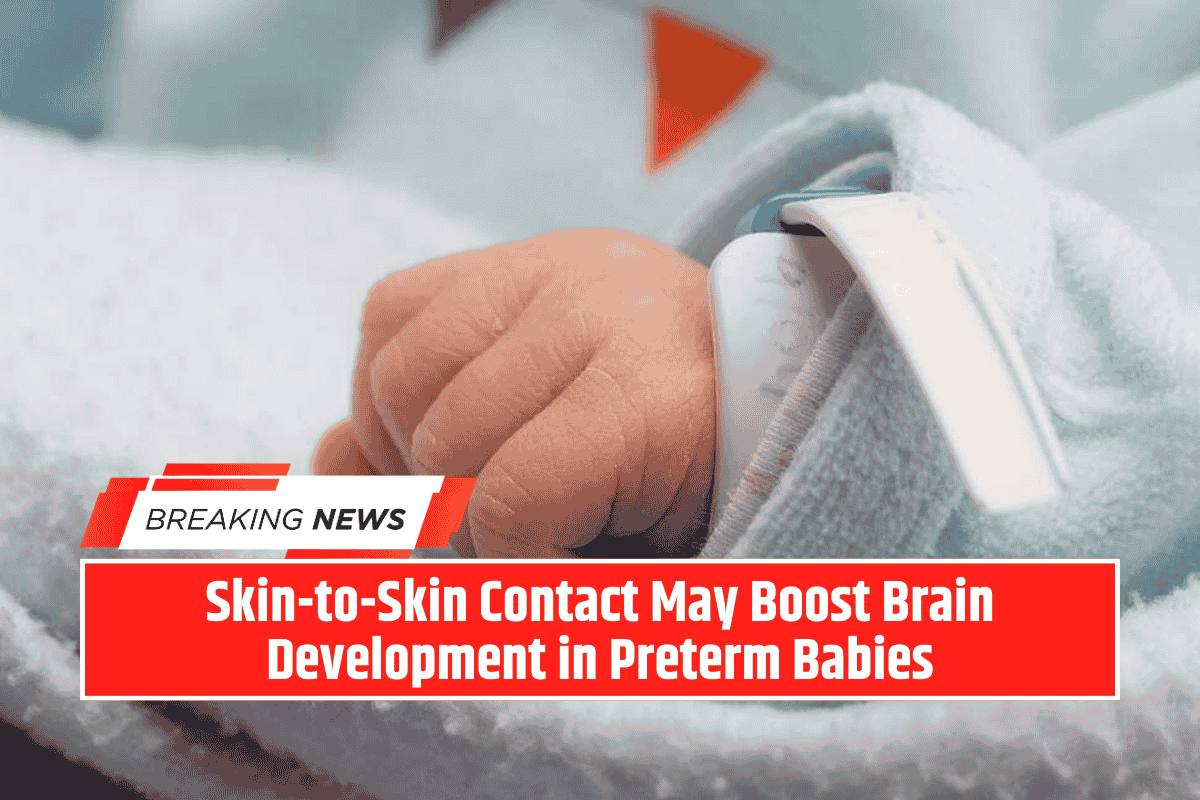Preterm infants born before 32 weeks may experience stronger brain development when given regular skin-to-skin contact, according to a new study published Sept. 24 in Neurology.
Researchers found that this caregiving practice, often called kangaroo care, was linked to healthier growth in brain regions tied to emotion and stress regulation.
“Skin-to-skin contact in preterm infants has been shown to have many benefits, with previous studies linking it to improved bonding, sleep, heart and lung function and growth, as well as reduced pain and stress,” said lead researcher Katherine Travis, director of the Laboratory for Language Development and Recovery at Burke Neurological Institute in White Plains, N.Y.
“Our findings suggest skin-to-skin care may also play a role in shaping early brain development.”
Study Details and Findings
The study followed 88 preterm babies with an average gestational age of 29 weeks and birth weight of just under 2.7 pounds. These infants typically stayed in the hospital for about two months.
Researchers carefully tracked how much time each baby spent in skin-to-skin care, including session length and daily averages. Key findings included:
- Families visited once a day on average.
- Skin-to-skin sessions lasted about 70 minutes each.
- Mothers provided 73% of the care.
- Across their stay, babies received about 24 minutes of skin-to-skin contact per day.
When the babies reached the equivalent of full-term age (around 40 weeks), brain scans revealed that longer skin-to-skin sessions correlated with greater activity in two important white matter pathways:
- Cingulum, which supports attention and emotion regulation.
- Anterior thalamic radiations, which connect brain areas involved in emotional processing and memory.
These results held true even after accounting for other influences such as gestational age, socioeconomic status, and family visitation frequency.
Barriers in Neonatal Intensive Care Units
While the study highlights the potential benefits of kangaroo care, many neonatal intensive care units (NICUs) face obstacles that limit its use.
An editorial accompanying the study noted that space constraints, staffing shortages, competing care demands, and limited family resources often prevent extended contact.
“In many NICUs, physical space, staffing models, competing care demands, limited resources for families to be present for extended periods, and challenges with modifying established care routines still create barriers,” wrote co-author Emma Duerden, associate professor of child psychology at Western University in Ontario, Canada.
Limitations and Future Research
Because the study was relatively small and observational, researchers cautioned that it cannot prove a direct cause-and-effect relationship between skin contact and brain development. Instead, it shows an important association worth exploring further.
“Skin-to-skin care not only provides preterm infants with family connections through bonding, it may also be encouraging new connections within the brain itself, improving a baby’s brain health overall,” Travis explained.
The team called for more research to better understand how early caregiving experiences can influence brain development and long-term outcomes in preterm infants.









